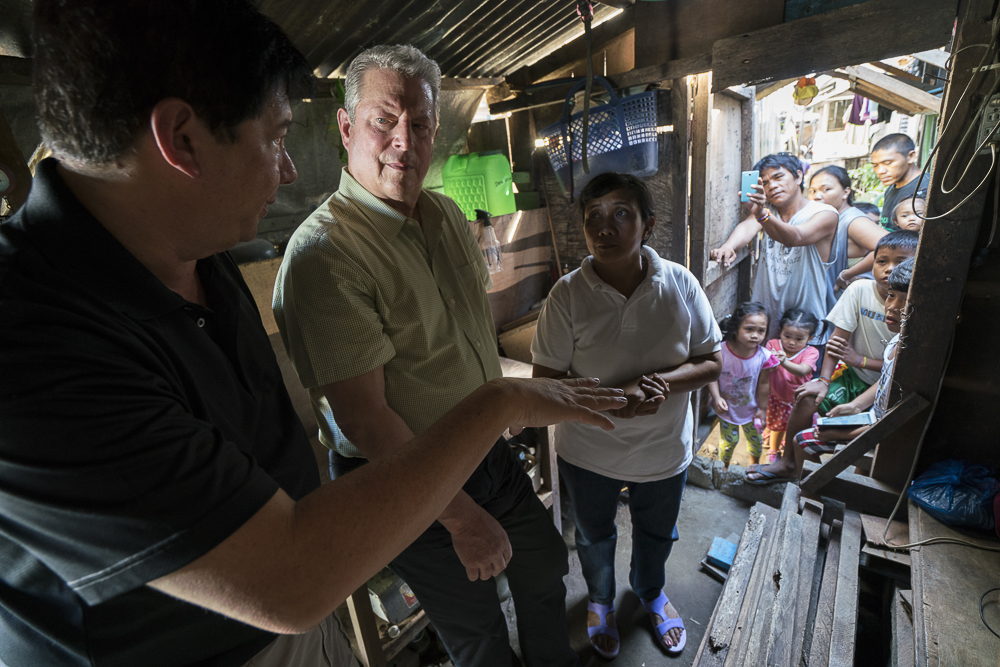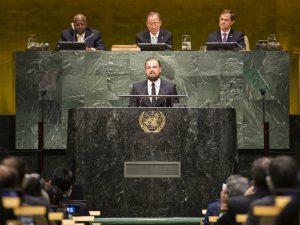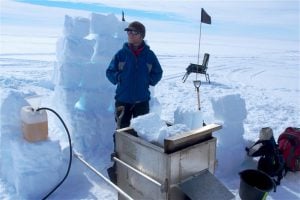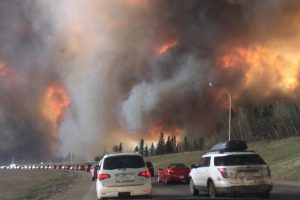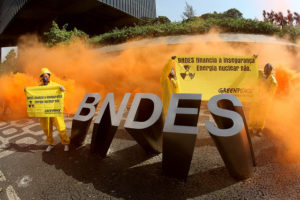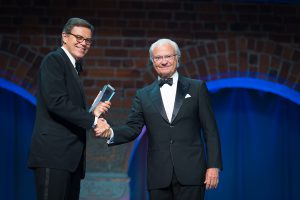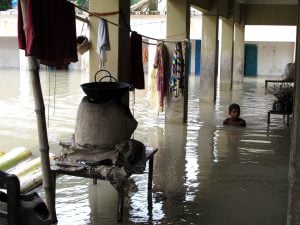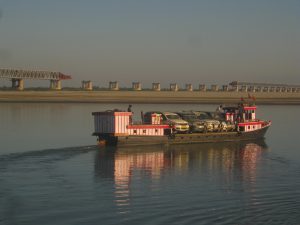A decade ago former US vice president Al Gore won both the Nobel Peace Prize and the Best Documentary Oscar for his film about climate change called An Inconvenient Truth. (Read our 2007 interview with Al Gore here).
Now, as many of the predictions from that first film about the impacts of climate change come true, Gore returns with a sequel – and a message of hope.
In 2006 the first documentary raised awareness of climate change to unprecedented levels among millions of people and helped form today’s climate movement. But with the US decision to pull out of the Paris Agreement, even discussion of the topic is now seen by government as a bit “inconvenient”, Gore seeks to use this sequel to reinvigorate the movement for the next decade.
From prediction to fact
Gore has already shown that his original documentary was not sensationalist. One of the most criticised scenes in An Inconvenient Truth depicted rising sea levels and storm surges combining to inundate the site of the World Trade Centre Memorial, a possibility regarded at the time as scaremongering. And yet, in 2012 the memorial site flooded during Hurricane Sandy.
The sequel contains many warning scenes from the past decade, demonstrating how the climate crisis is worsening. Gore visits the Jakobshavn Glacier in Greenland to see how a heatwave is causing it to collapse. In rubber boots, he walks with Miami Beach residents through flooded streets discussing the merits of raising road surfaces. And he comforts sobbing survivors among the ruins left by Typhoon Haiyan in the Philippines.
The sequel also considers an often ignored issue of climate justice. It shows how the weakest and most vulnerable suffer most from epidemics and air pollution, while dried-up water sources and barren fields are contributing to refugee crises.
Gore thinks the failure to stop climate change is not a political issue, but a moral one. Scene after scene depicts the harsh realities of a changing climate. Gore asks if there is still hope but he clearly believes that there is.
Let the facts speak
Over the last decade advances in clean technology have made wind and solar power cheaper than fossil fuel alternatives in many places, and electric cars are carving out a space on the vehicle market.
In the film, Gore visits Georgetown, Texas, which the mayor, himself a Republican, describes as the most conservative town in the country’s most conservative state. Yet he agrees with Gore that transitioning to renewable energy is just common sense.
It’s this “common sense” view that Gore has been pushing since the late 1960s when he was an undergraduate at Harvard University. That journey has convinced him that when people have accurate information they will take action. Of course, this view is itself controversial. Others, such as linguist George Lakoff, argue that people are moved to act only by deep-rooted values, and when the facts conflict with values, the facts are ignored and views remain unchanged.
Regardless, Gore holds firm in his faith that facts can bring about action. Ten years ago, on his family farm in Tennessee, he first gave his famous Powerpoint presentation on climate change to 50 people. He later set up the non-profit Climate Reality Project to train activists to communicate the urgency and solutions to climate change using factual material.
This has paid dividends. For example, those who lost their homes in Typhoon Haiyan have become some of the most active climate leaders in the Philippines. For Gore, this is a source of hope; those who were once described as lone warriors fighting climate change no long stand alone.
A timely sequel
The most encouraging part of the documentary comes towards the end at the historic moment when the Paris Agreement was reached when Gore is pictured celebrating with global leaders. This contrasts with his earlier admission in the film that at times he has felt extremely discouraged, worried that efforts to heal the climate may end in failure.
This fear is now being tested. An Inconvenient Sequel was first screened at the 2017 Sundance Film Festival just as climate change denier Donald Trump was inaugurated as 45th President of the United States. Trump’s announcement that the US will pull out of the Paris Agreement led distributors Paramount to update the trailer to include Gore saying: “It is right to save humanity, it is wrong to pollute the earth, it is right to give hope to future generations.”
When we look back on this documentary in ten years we hope that Gore’s faith will not look like blind optimism. After all, as he says in the film, “Don’t let anyone tell you we’re going to get on rocket ships and go live on Mars. This is our home.”
